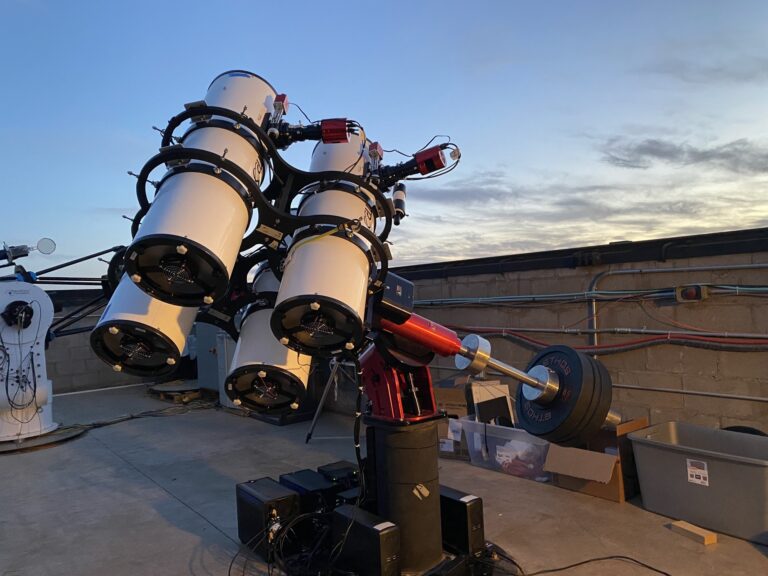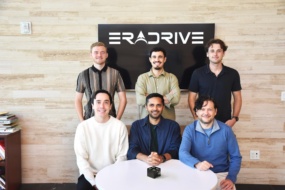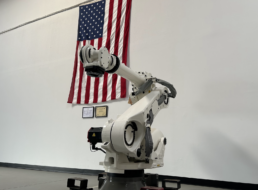Students across the globe could soon have the ability to identify near-Earth asteroids (NEAs) for a grade, thanks to a collaboration between TransAstra and Slooh. The two companies have announced a partnership that will ultimately let K-12 students book time on a telescope.
- TransAstra is a space startup that graduated from Y Combinator in Summer 2021.
Getting the grade
Students will reserve observation time on a telescope equipped with TransAstra’s Sutter technology and search for NEAs via Slooh’s virtual classroom interface.
- Slooh already operates a “virtual telescope” for students, as well as a network of ground telescopes.
- TransAstra opened its first Sutter telescope at the Winer Observatory in Arizona this past April and reports that the telescope is meeting expectations.
- For the past few weeks, TransAstra has also been working out of the Sierra Remote Observatory (SRO) to ensure coverage during the summer monsoon season.
Through this partnership, the two companies plan to expand their combined network of telescopes globally to achieve full-sky, 24-hour, all-weather coverage.
The technology can be used in many ways, but TransAstra CEO Joel Sercel told Payload that the companies are aiming to democratize access to space by bringing telescope tasking to students.
“It shouldn’t matter who you are or where you’re from—everyone should have access to space,” Sercel said.
The Sutter telescope
TransAstra equips its telescopes with Optimized Matched Filter Tracking (OMFT), which uses image tracking to improve the accuracy and computational efficiency of its observations.
- OMFT allows telescopes to identify very faint, fast-moving NEAs for a far lower cost than heritage systems.
- Existing telescopes can also be retrofitted with OMFT tech.
- The ultimate goal, Sercel said, is to “find enough asteroids to usher in a gold rush to space.” The company has longer-term asteroid mining projects in the works.
While the telescopes were designed for NEA hunting, they’re incidentally also well-suited for orbital debris identification and space situational awareness. As the orbital environment gets busier, better sensors and tracking are needed sooner rather than later, opening up an immediate possible new revenue stream for the telescopes, per Sercel.
Taking to the skies
The collaboration doesn’t end here. Next, the two companies plan to co-develop a space telescope that will help them gain a higher vantage point and observe small objects at lunar distances. Sercel says TransAstra partnership talks with USSF and NASA are “progressing well.”
TransAstra has grand visions of a major NEA-observing constellation, using its planned Sutter Ultra spacecraft to deploy hundreds of telescopes with edge computing into an orbit 10M km away from Earth. Sercel said this would enable the company to identify thousands of NEAs every year. And, in a very optimistic scenario, lay the groundwork for possible resource extraction missions on the asteroids.
Disclaimer: Payload Managing Editor Ryan Duffy’s father is a small investor in TransAstra.




